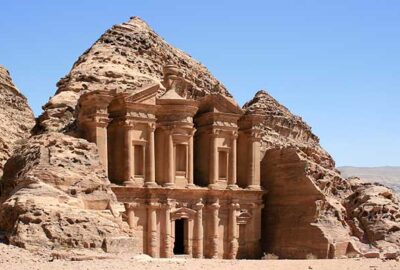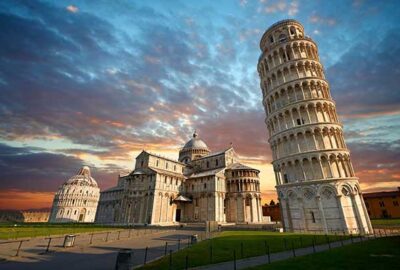The Al-Khazneh is one of the most iconic and visited sites in the country, attracting millions of tourists every year. The temple was designed in the Nabatean architectural style, which was widely used in the ancient Kingdom of Nabatea. The Nabateans were a nomadic Arab tribe that controlled the region of Petra from the 4th century BCE to 106 CE, when they were conquered by the Romans.
The Al-Khazneh temple
The Al-Khazneh temple was most likely built between the 1st century BCE and the 1st century CE. It was used for religious and cultural purposes, as well as for storage of valuable goods. The facade of the temple is adorned with stunning sculptures and carvings, depicting both Nabatean gods and Greek and Roman influences. The temple has two stories, with a central courtyard and a number of rooms. The design of the temple reflects the unique blend of cultures and influences that the Nabateans encountered throughout their travels and trade networks.
Nabatean architectural style
Overall, the Al-Khazneh at Petra was designed in the Nabatean architectural style, which was influenced by both ancient Near Eastern and Greek and Roman styles. Its construction and design reflect the artistic and architectural achievements of the Nabateans, and it remains one of the most magnificent and well-preserved ancient temples in the world.


